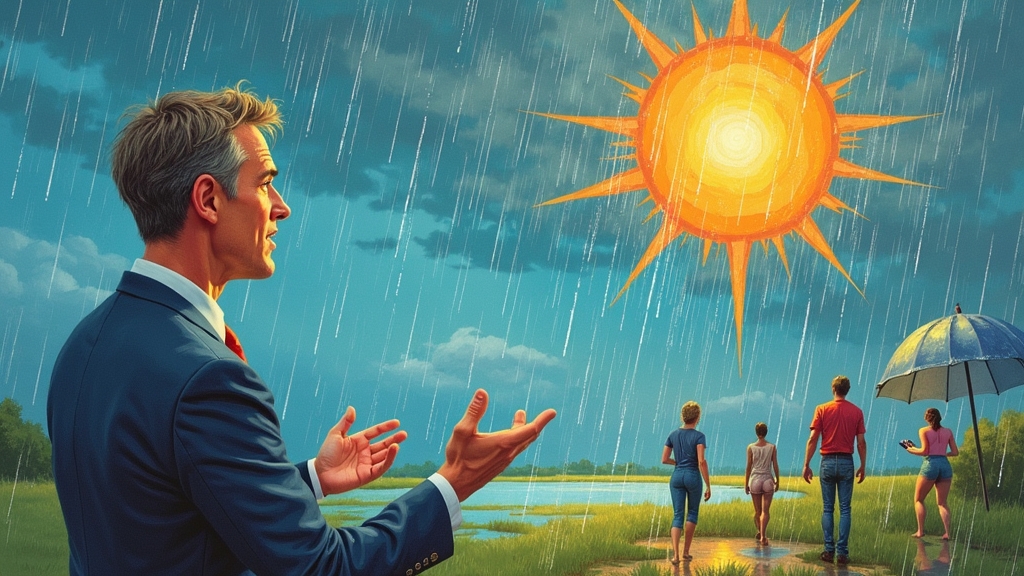MIT Scientists Shocked to Discover Weather Forecasts Are Basically Voodoo Guesswork
In a groundbreaking revelation that no one saw coming (except people with windows), MIT researchers have determined that traditional methods of predicting the weather might be, well, completely useless.
For decades, meteorologists have confidently pointed at Doppler radar images and mumbled about “cold fronts” and “pressure systems,” while the public obediently nodded and grabbed umbrellas unnecessarily. But now, science has confirmed what everyone already knew—those forecasts are about as reliable as your drunk uncle’s financial advice.
According to the new research, the methods scientists have used to validate weather models could be dangerously inaccurate for anything that involves, you know, actual geography. Apparently, when meteorologists say, “There’s an 80% chance of rain,” what they really mean is, “This number means nothing, enjoy your day soaking wet.”
Dr. Tamara Broderick, an MIT researcher leading the study, explained, “We were shocked to discover that the methods we’ve relied on for years can fail miserably when applied to real-world spatial problems. But then we realized, oh yeah, weather moves, and locations aren’t all identical. Whoops.”
To remedy this minor oversight in the field of meteorology, MIT scientists have introduced a new validation method that actually takes space into account. Yes, space—because previous methods apparently assumed Chicago’s O’Hare Airport has the same climate conditions as a tropical island. Who knew variables mattered?
The study even found that typical validation techniques could mislead scientists into believing that their models are accurate, when in reality, they are just spitting out fancy nonsense. “It’s a little embarrassing honestly,” added MIT postdoc David R. Burt. “We’ve been overconfident in our ability to pretend we know what the atmosphere will do. Our bad.”
The researchers tested their new approach using real data, including air temperature forecasts and wind speed predictions. Shockingly, their improved method was better at determining whether someone in Des Moines should put on a sweater.
Looking ahead, the team hopes this discovery will lead to better weather forecasting, more reliable climate models, and an end to the endless cycle of morning wardrobe regret. But they also acknowledge that nothing, not even groundbreaking science, will ever stop people from blaming meteorologists when a sunny forecast turns into an unexpected thunderstorm.





